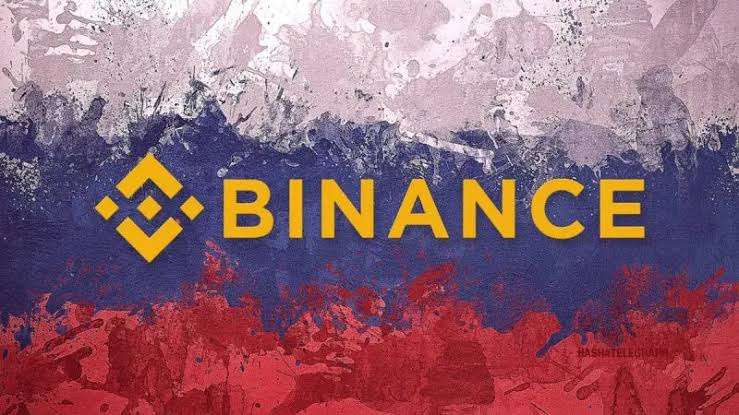Binance has withdrawn itself from the Russian market, selling its Russian division to CommEX after regulatory compliance issues.
Additionally, in the previous year, Binance, the largest cryptocurrency exchange in the world, chose to withdraw from the Russian market.
As part of this move, Binance sold its Russian division to CommEX, another digital asset exchange. This decision was brought forth by several different circumstances, including the difficulties that Binance had in Russia with regulatory compliance and compliance issues.
To streamline its operations and concentrate on markets where it can operate more efficiently, Binance has decided to transfer its operations in Russia to CommEX.
CommEX Acquires Binance Russia Branch
The departure of Binance from Russia and the subsequent acquisition of its Russian branch by CommEX have substantial repercussions for members of the cryptocurrency exchange.
Users who were previously able to access Binance’s services in Russia will now be required to switch to CommEX or look for alternative platforms to fulfill their expectations about cryptocurrency trading.
This change in the market landscape highlights the difficulties that bitcoin exchanges confront when attempting to navigate regulatory regimes that vary from jurisdiction to jurisdiction worldwide.
Additionally, CommEX had made it abundantly evident that they were not involved with Binance through their actions. Following its acquisition of Binance’s Russian division, CommEX has announced that it will suspend its trading platform activities permanently.
When the closure occurs, CommEX will provide users with a comprehensive timeline that will apply in stages. Beginning on March 25, 2024, CommEX will start the process of gradually winding down its activities, which will culminate in the complete shutdown of its platform by May 10, 2024.
The steps included in the closure schedule are the suspension of deposits, the termination of new user registrations, and the closing of trading markets.
Additionally, CommEX has advised customers regarding the withdrawal of their assets and has underlined the significance of taking certain precautions to ensure their safety throughout this procedure.
To prevent any potential asset management costs or security concerns related to the platform’s closure, users are strongly encouraged to swiftly terminate their positions and remove their funds to wallets that are not affiliated with the organization.
Binance’s intention to leave Russia and CommEX’s decision to halt its operations are two examples that demonstrate the difficulties that cryptocurrency exchanges face in Russia due to the country’s increasingly stringent regulatory environment.
Both exchanges have encountered regulatory obstacles and compliance concerns, leading to their respective actions. This scenario is representative of a more widespread trend in the cryptocurrency industry, which is that exchanges are required to navigate their way through challenging legal landscapes in various nations.
Upon comparing recent events with historical ones, it becomes evident that the challenges faced by Russian cryptocurrency exchanges have persisted over time.
As a result of the inconsistency between the regulatory requirements in Russia and the operating plans of exchanges such as Binance and CommEX, there is a pressing need for regulatory frameworks that control cryptocurrencies to be more transparent and consistent.
In general, the closing of CommEX and Binance’s departure from Russia raises significant concerns regarding the future of cryptocurrency regulation in Russia and the wider repercussions for the sector as a whole.
Additionally, users need to maintain vigilance and keep themselves informed about any changes that may affect their trading activity as exchanges continue to adapt to changing regulatory landscapes.












